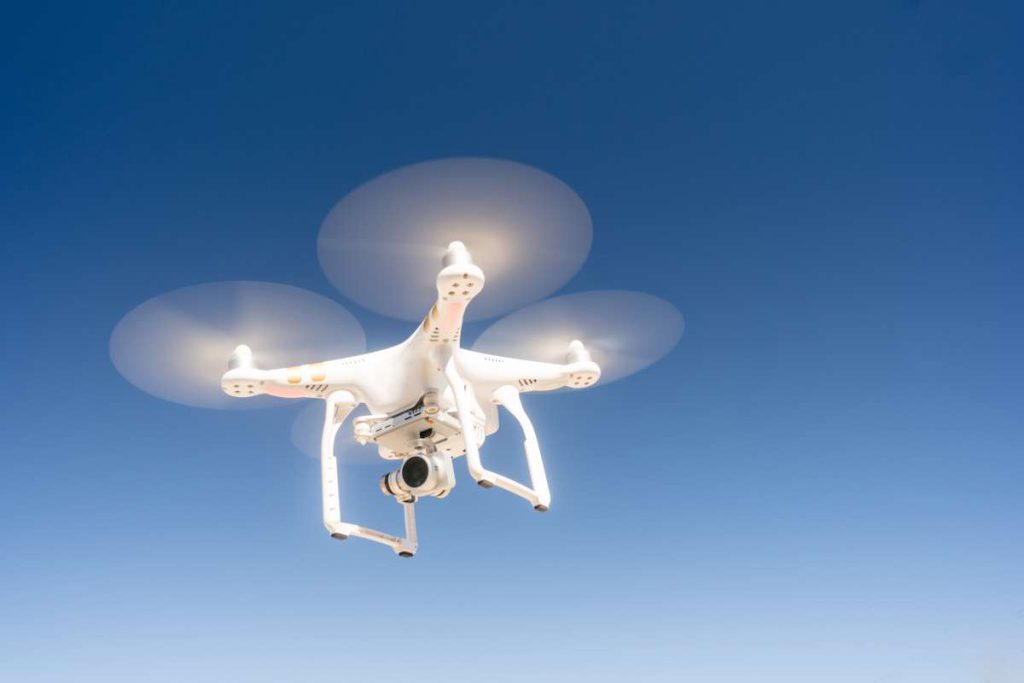As technology and society have evolved, law enforcement has had to adapt to both changing crime and technology trends. These updated technologies are used in officer accountability, solving and investigating crimes, and in officer safety.
From the most basic technology like a cellphone to expensive high-tech gear, law enforcement has been able to implement them all into public safety for the good of the community. Social media has helped with community engagement like sharing and reporting incidents, alerting others in high-crime areas, and more. While controversial in some areas, body cameras have become a vital tool in law enforcement in regards to safety, officer accountability, and evidence in court.
There are many technologies that help officers in solving crimes, one of the most prevalent and useful are drones. Law enforcement is using drones now more than ever in investigations. Drones are an extremely useful tool in many investigations such as kidnappings, missing persons, active shooters, and dangerous hostage situations.
For years, drones were almost exclusively reserved for video production and film. Now, drones are an instrumental tool in law enforcement.
In 2013, the FBI revealed that they have been using aerial drones for surveillance purposes in a variety of missions, including kidnappings, fugitive investigations, and search-and-rescue operations. While they further admitted to using drone surveillance in eight criminal cases and two cases of national security since late 2006, it is only in recent years that UAV use has become commonplace among law enforcement agencies. As of May 2018, 910 state and local public safety agencies have actively been making use of drones in their bid to fight crime and keep the communities they serve safe.
Drones are so successful in law enforcement as there are limited laws regarding how they can be used. Unlike traditional search and seizure techniques and warrants, drone surveillance is not regulated. At present, there is no nationwide standard as far as drone usage by law enforcement agencies is concerned.
The Supreme Court rule in the 1989 case, Florida v Riley, that there are no privacy laws when it comes to public airspace. More recently, the Senate of California passed a bill that would require all law enforcement officers to secure a warrant for drone surveillance. Governor Jerry Brown vetoed the bill which allowed for drone surveillance to continue without a warrant.
Drones, cell phones, and other technologies are improving law enforcement practices for the better and helping with public safety. This will allow for even more advanced technologies in the future.
Source: Law Technology Today

